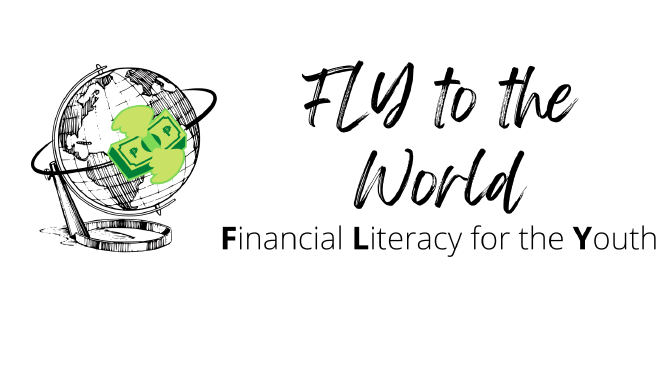Is Solar Energy really that expensive?
By Samarth Singh
Starting in 2015, when the UN initiated the Global Sustainability Goals, everyone has become more conscious about what they use and how they are affecting the environment. Surveys show that about 80% of people who know about climate change are willing to take action. The question is, is it financially possible to be sustainable?
A few years ago, the answer was: NO. But today, things are changing.
Let’s take Solar Energy for example. While Solar Energy might not be the most prominent source of renewable energy, it is much more convenient to use. Solar panels take up less space than windmills or hydroelectric plants. This means that common people, like you and me, can use Solar Energy. The cost of generating solar energy fell from above 0.35 USD/kWh (in 2010) to about 0.05 USD/kWh (in 2021). This is almost equal to the cost of coal-powered energy.
An average American household uses around 10,800 kWh of energy per year. The cost to set up a solar system to meet these requirements is around 6200 USD to 10800 USD*. While this might seem like a lot, owning solar panels can reduce electricity bills by 90%. The average American electricity bill is about 121 USD per month. This means you can save up to 108 USD per month or about 1296 USD per year. The cost of setting up solar panels is paid back in about 6-10 years.
Solar energy is not as expensive as common people think. In places where the sun’s light is not always available, other sources of renewable energy, like geothermal energy, hydroelectricity, and wind energy can be used. These require a large, one-time investment; however, in the long term, benefit both the owner and the environment – and that is probably why we should start thinking about alternatives.
*Depends on location as well, after Federal Tax credits
Sources: irena.org, forbes.com, pineappleenergy.com, blueravensolar.com, lawnstarter.com
